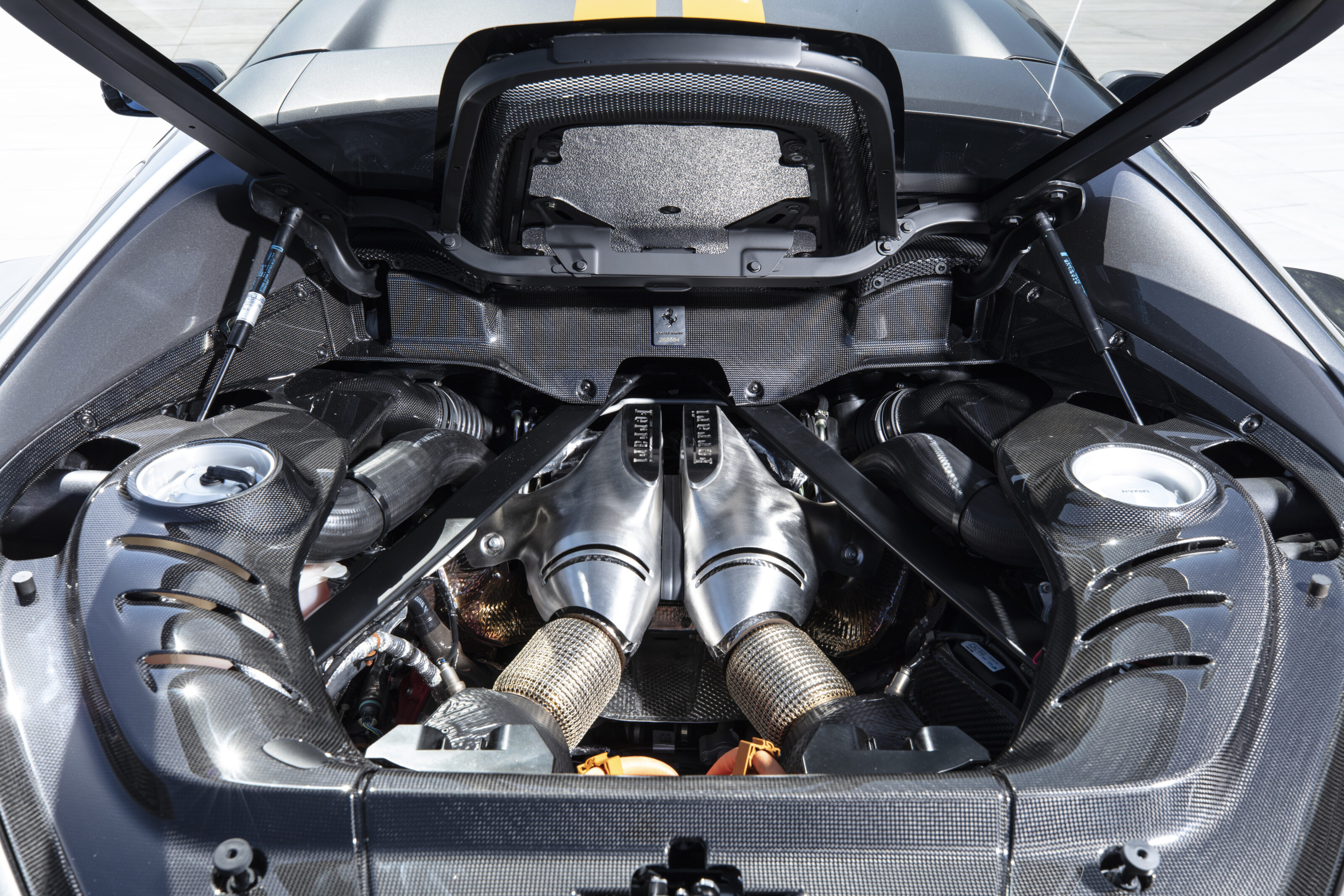The V6 engine is a versatile, if a tad unloved, bit of design. It comes in various shapes and forms and powers anything from affordable performance cars to high-end supercars.
However, until recently, the banks of three-cylinders a piece had never been splayed at a 120-degree angle in a road car. Ferrari and McLaren are about to change that with their 296 GTB and Artura supercars. Both are going to be mind-bendingly fast and are set to utilise hybridised, twin-turbocharged 3.0-litre 120-degree V6s.
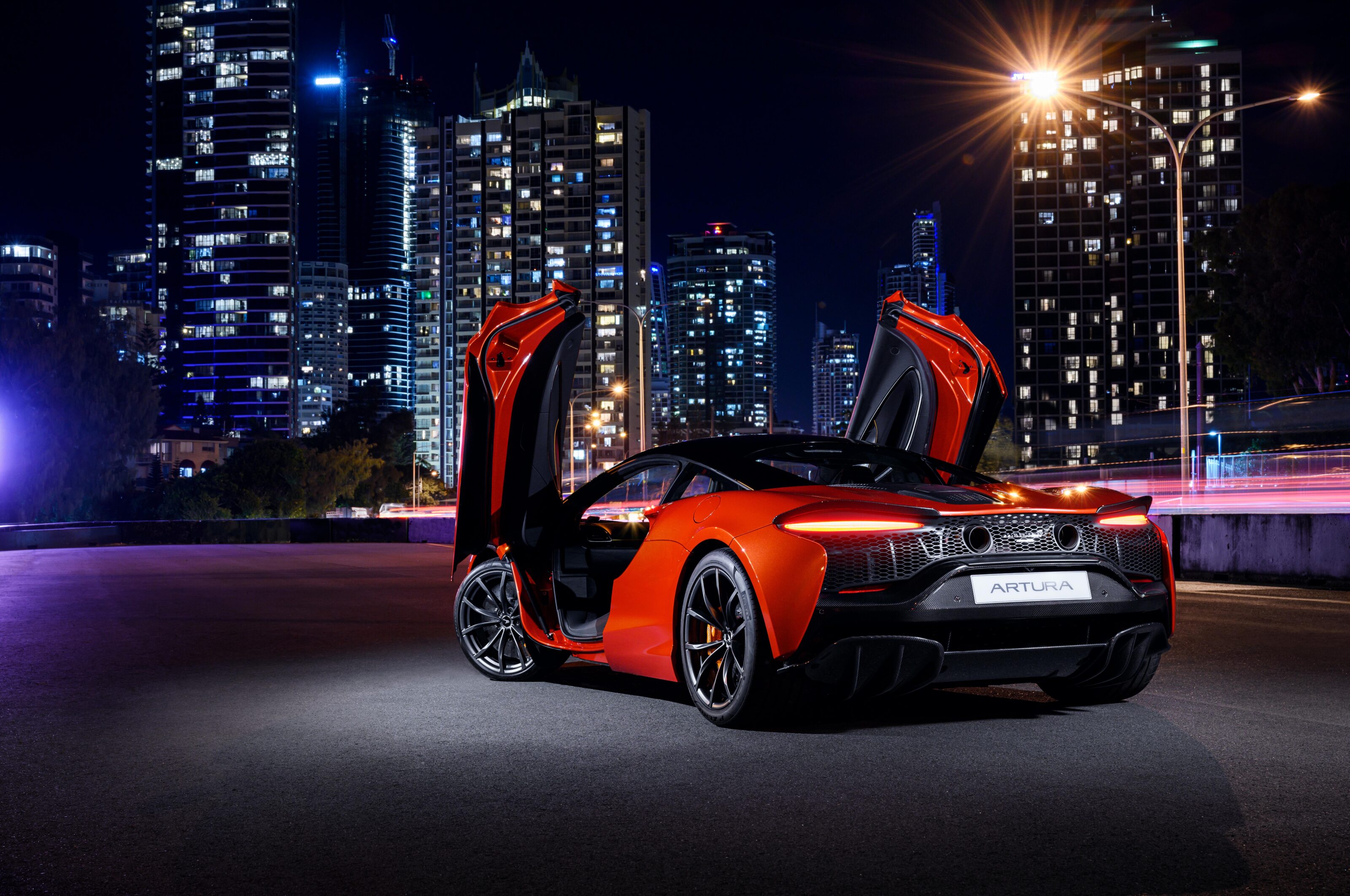
It’s a significant advancement for the humble V6. So it’s worth investigating and explaining why the two powerhouses have independently decided a 120-degree layout is the design they will utilise in their brand new models.
On paper, a 120-degree vee angle has plenty of merits. The layout means that opposing cylinders can share a crank pin, shortening the overall length of the crank. A shorter crankshaft is a stronger crankshaft and reducing the overall size of the engine saves crucial kilograms.
The wider angle also falls into a sweet spot for packaging. A flat 180-degree would be best for centre-of-gravity. However, the width makes fitting it, along with the requisite plumbing, a significant challenge. A 120-degree layout falls into the sweet spot between fully flat and 90-degrees to help keep the engine’s weight as low as possible.
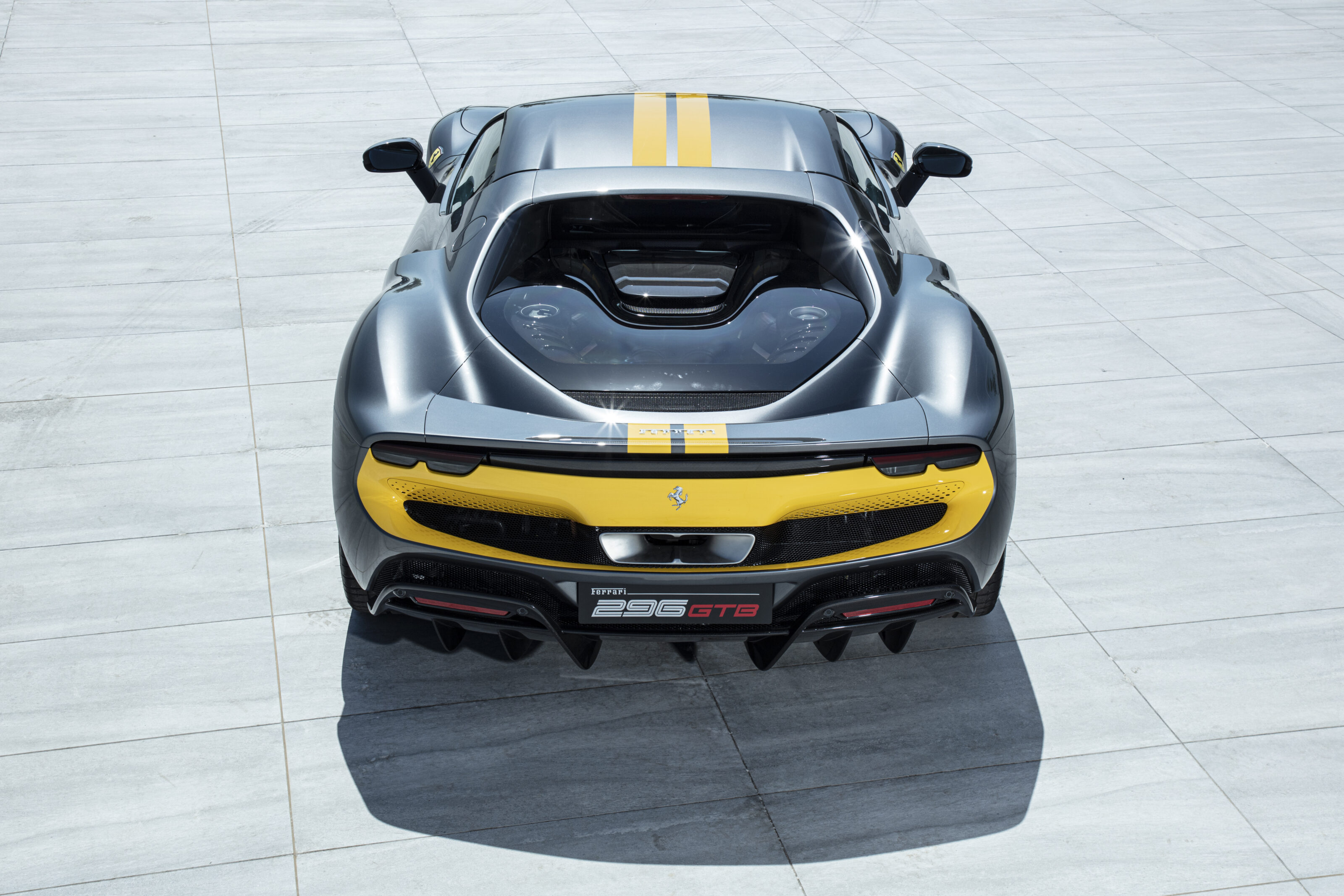
McLaren Artura chief engineer Geoff Grose explains that finding the right compromise between height and width is important.
“One of the challenges of a narrower design is it pushes the engine height up, and we are trying to keep the engine really low. Going with the 120-degree angle means you can share a crank pin between two opposing cylinders which helps shorten the length of the crankshaft and ultimately the length of the engine,” he told MOTOR.
“It still needs to be compact enough to fit in the middle of the car, so it can’t be too wide either. We have really squeezed down the gap between the cylinders and pushed in the dimensions from every direction.”
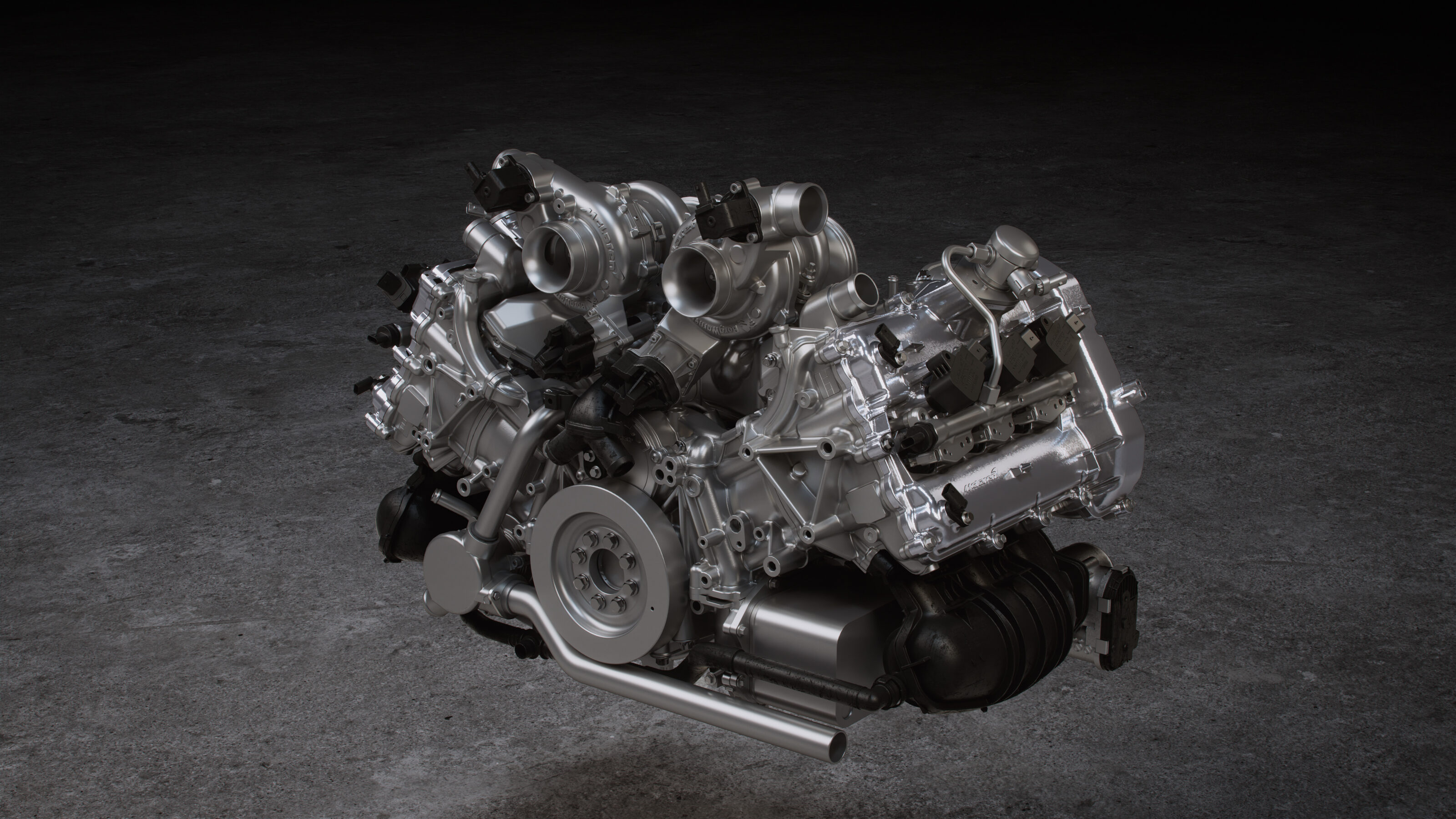
But there is a catch. The 120-degree formation has a primary imbalance that requires balancer shafts to rectify. Not an insurmountable challenge, but not one to be overlooked either.
Codenamed M630, McLaren’s new V6 is an impressive piece of kit on paper. Developed by Ricardo, it revs to 8500rpm and produces 430kW/585Nm from three litres of swept capacity without the aid of the Artura’s hybrid battery pack.
By dropping two cylinders, the V6 is 40kg lighter than the outgoing twin-turbocharged M838 V8. It also sits 93mm lower in the carbon monocoque, while the hot-vee set-up means it is 220mm narrower overall. When packaging is key, the 120-degree V6 wears a sizeable crown.
The flow-on effect of this compact design is significant. It gave McLaren’s engineers the space needed to rework the Artura’s rear suspension design with a broken wishbone design.
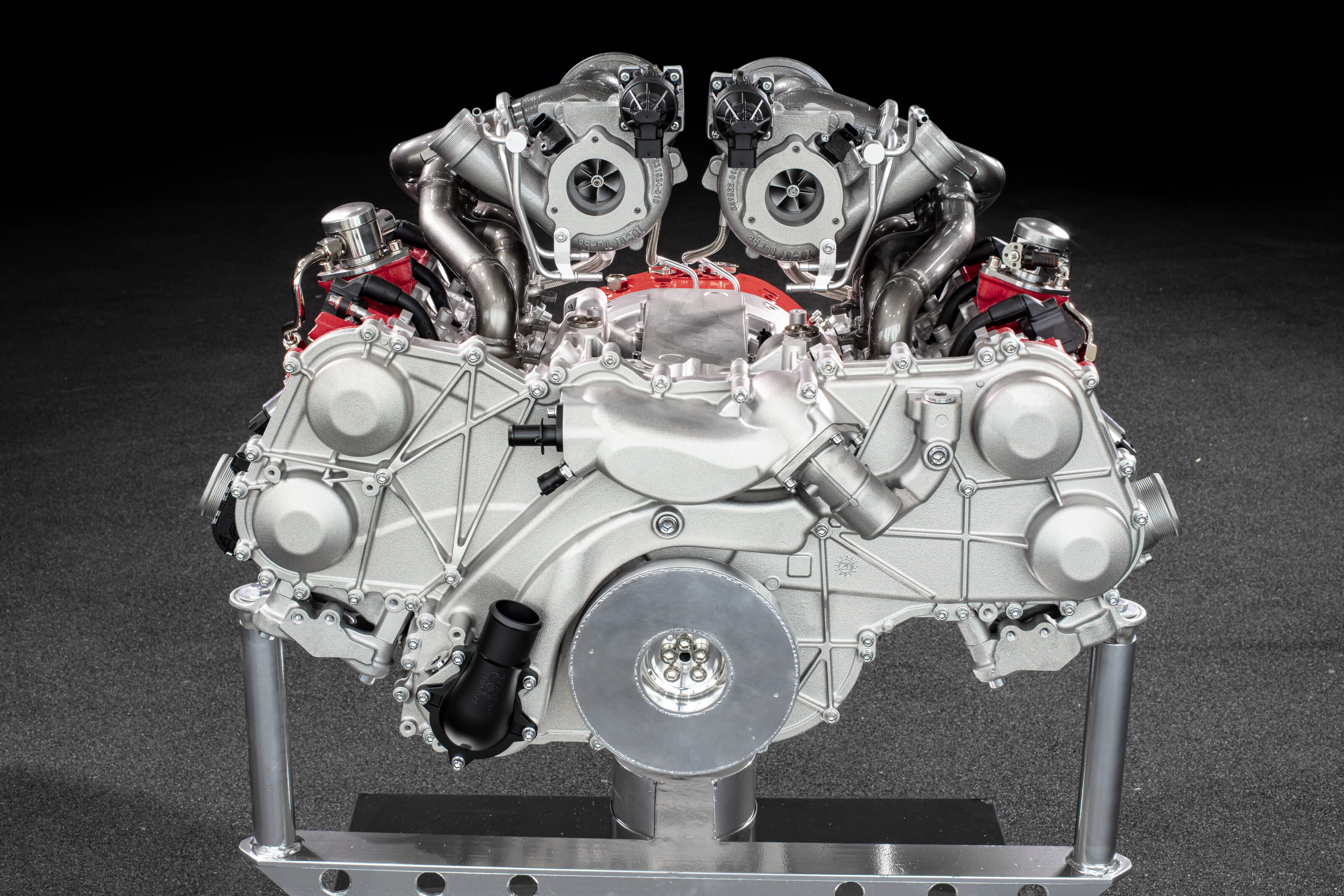
Ferrari has been at the forefront of 120-degree V6 engine design, using the layout in its dominant 1961 F1 campaign. But it hasn’t used the layout in a road car before. The 296 GTB changes that.
With a 3.0-litre capacity, the twin-turbo unit produces 488kW, or 163kW per litre – making it the highest specific output ever fitted to a road car. With the wide vee angle it was able to fit larger turbos in the hot vee set-up, while optimising exhaust length and direction to maintain engine response.
Power isn’t the only benefit, with Maranello also reaping packaging benefits from the 120-degree design, shortening the 296 GTB’s wheelbase 50mm compared to that of the F8 Tributo.
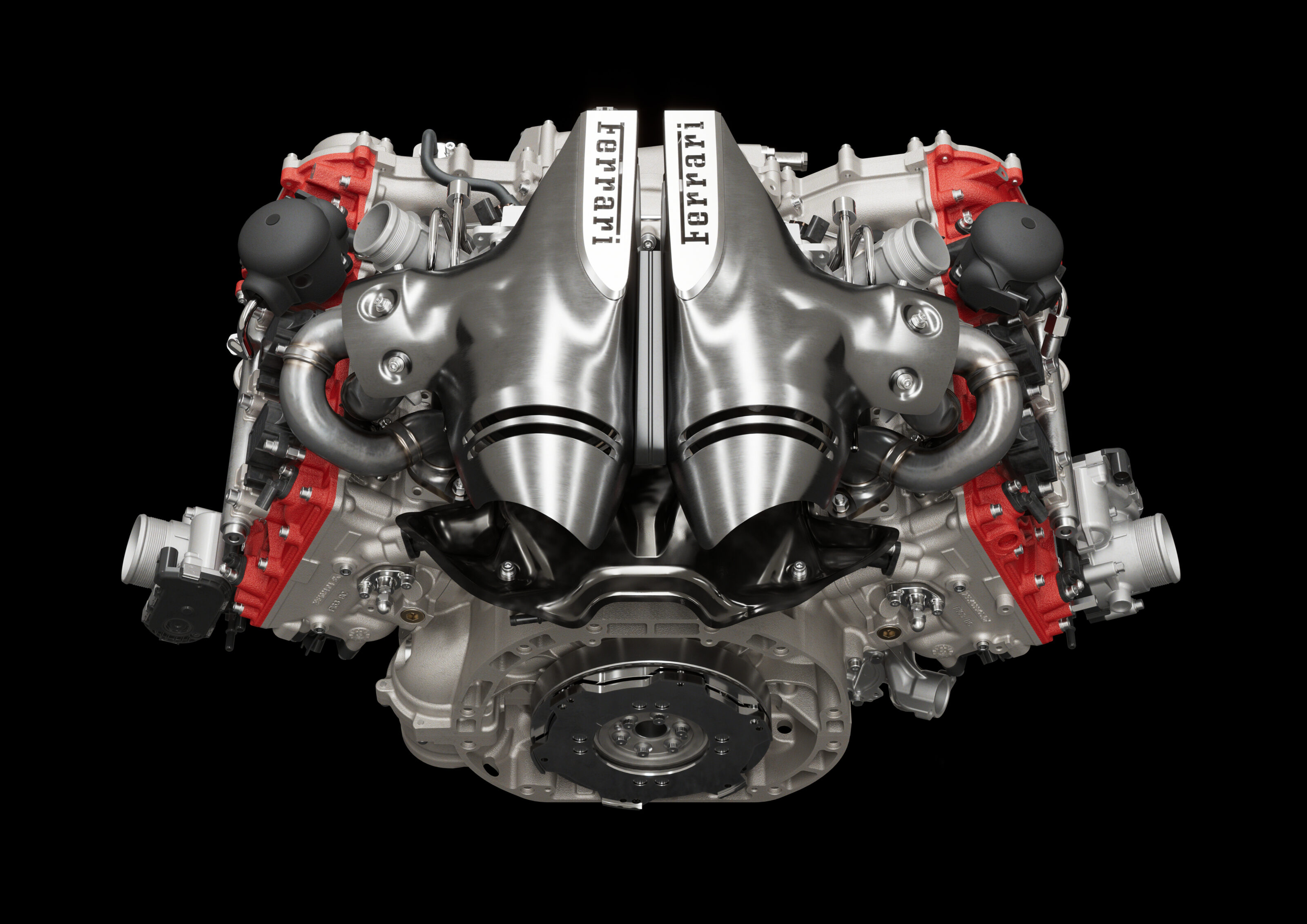
V6 engines haven’t always been adored for their acoustic talents, but the team at Maranello is so enamoured with the F136 that the unit is referred to as a ‘piccolo V12’ internally. We’ll wait until we hear it in person to back that claim up.
It’s important to note that the benefits McLaren and Ferrari have reaped with their new engines are also intimately linked with a mid-engine car design. The packaging benefit of a 120-degree engine becomes moot in a front-engined car.
Ultimately, you can expect the new, wider vee angle V6 to thrive in the performance car world in the coming years as downsizing and electrification continues unabated. However, being limited to mid-engined applications means it’ll remain an exclusively upmarket design – a piccolo V12 in more ways than one, then.
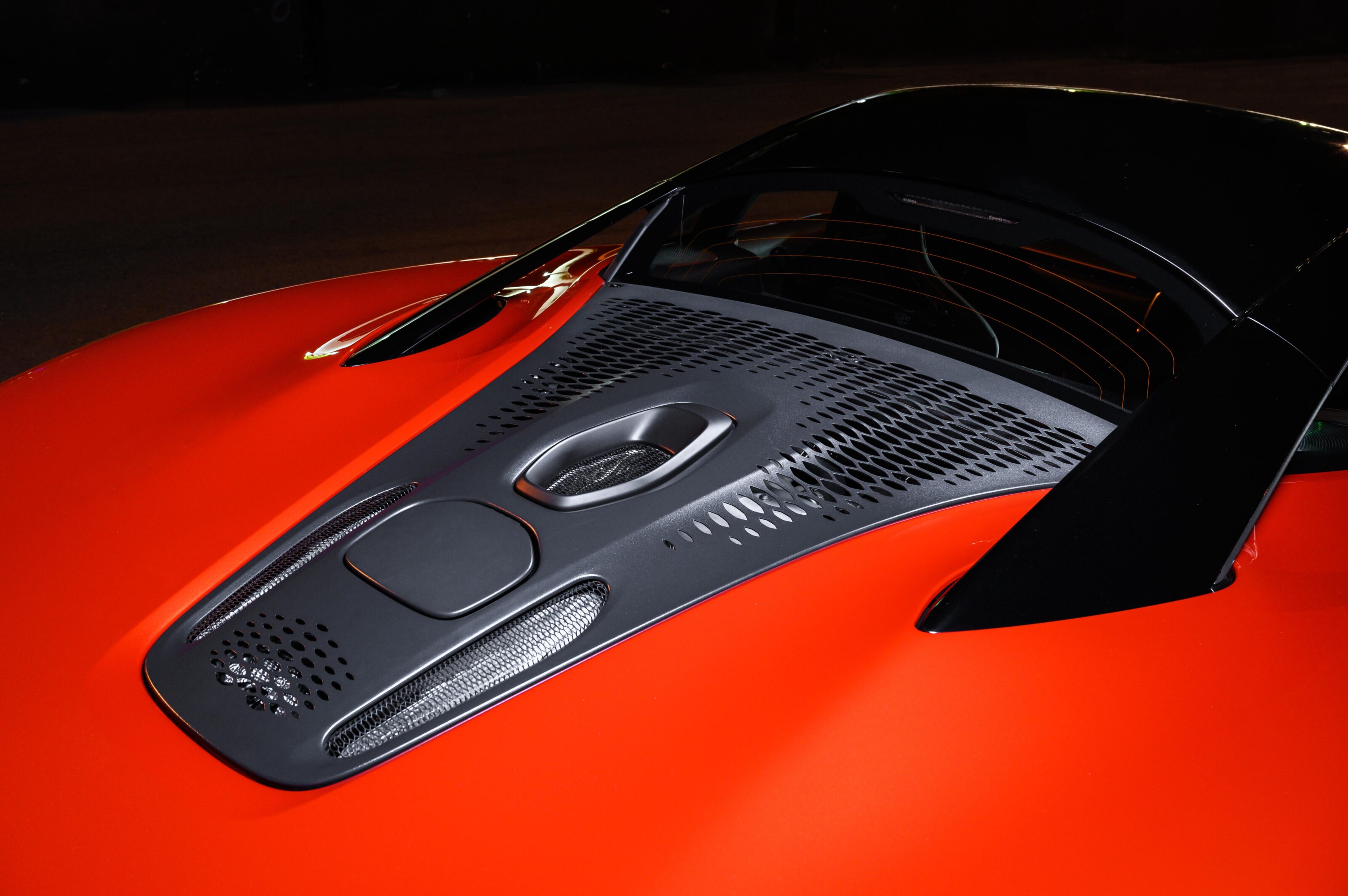
We recommend
-
 Features
FeaturesThe five items you need to survive your first track day
Eyeing your first track day? Here are the things you need to get the most out of the experience
-
 Features
FeaturesHow to become a motoring journalist
MOTOR's editor on what you'll need to succeed in landing a job as a motoring writer
-
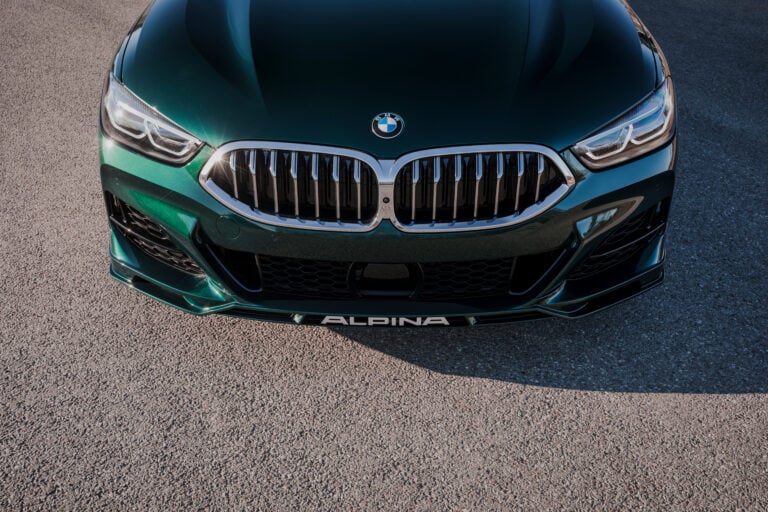 Features
FeaturesWhat the future holds for Alpina
We sit down with Andreas Bovensiepen to find out his take on the future of the industry and Alpina


